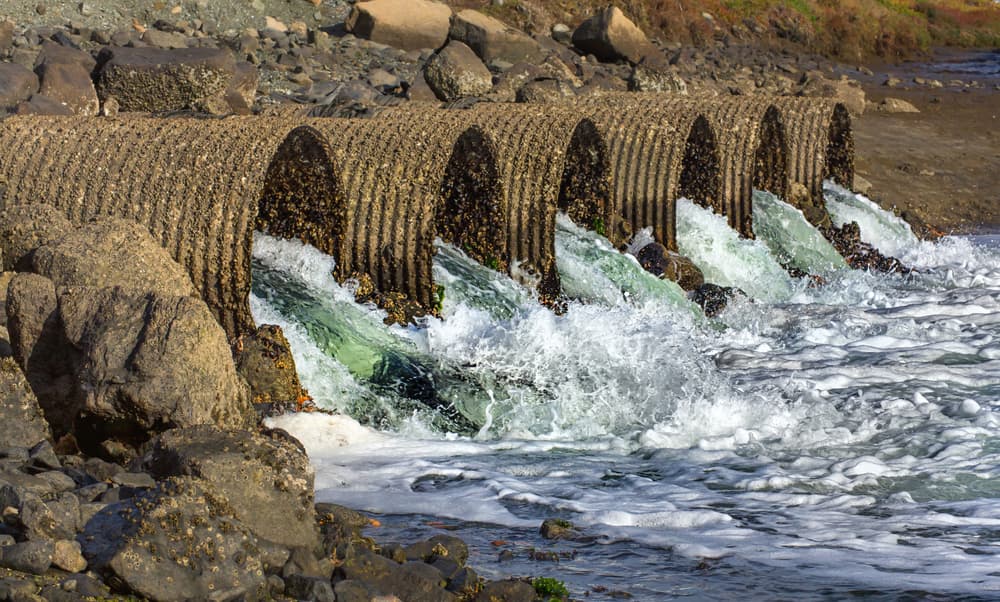When your Utah construction company has a SWPPP, the plan may call for seeding, hydroseeding or both. Seeding and hydroseeding help control dust as well as erosion on a construction site. Erosion Control Services provides seeding and hydroseeding to our clients in Utah.
The Dangers of Erosion
As a construction company, what you know about erosion may be somewhat limited to the fact that you are required by law to try to limit it. However, these laws were made because erosion at construction sites can do serious damage to local waterways. To the untrained, silt does not seem like a pollutant, but it is. Silt clouds local waterways, making it difficult for fish to find food and for the sunlight to reach plants. When the plants die, an important food source is lost, and this leads to more birds and fish dying.
That’s why it’s so important to make every effort to prevent dirt from washing away from construction sites.
Water & Wind
At the same time, the nature of construction work often involves disturbing land. Once trees and other vegetation is removed and the sod is broken, the site is nothing but dirt. When it rains, the dirt turns to mud and is easily washed away without any plants or roots to absorb it.
It hasn’t been raining too much lately in Utah or Idaho, but that doesn’t mean the danger of erosion is eliminated. Water is frequently to blame for erosion, but wind is a factor as well.
Wind can blow dust far and wide, and this causes two main problems. One is annoyance to those neighboring your construction project. Especially if you are working there for months, neighbors will quickly grow weary of their cars and homes being covered in dust.
Secondly, wind erosion tips the ecological balance. Wind removes the top layer of soil, which is the most fertile, making it more difficult to grow plants there in the future. Additionally, the dust can get blown into local waterways and cause the same problem that rain and silt do. Further, plants can be damaged by windblown dust, especially those that are suddenly on the front lines after ground has been broken.
Temporary Seeding
To control both erosion and dust, we provide temporary seeding services. This consists of us loosening the soil (if necessary), applying topsoil, spreading seeds for quick-growing vegetation and covering the area with hay, mulch or another type of protectant.
Temporary seeding should be done at areas of construction sites that will not be worked on for 14 days or more. For this reason, it is important for construction companies to carefully plan work in stages and not go back and forth to different areas.
Hydroseeding in Utah & Idaho
Hydroseeding is traditionally done at the close of the construction project. It is so-named because instead of spreading dry seed, we spray a slurry mixture of seeds, water, fertilizer and green dye. The landscape looks better immediately, and grass begins to grow quickly, limiting any damage your construction project may have caused.
When you need a SWPPP, seeding or hydroseeding services, silt fences or long-term stormwater plans in Utah or Idaho, depend on Erosion Control Services.


